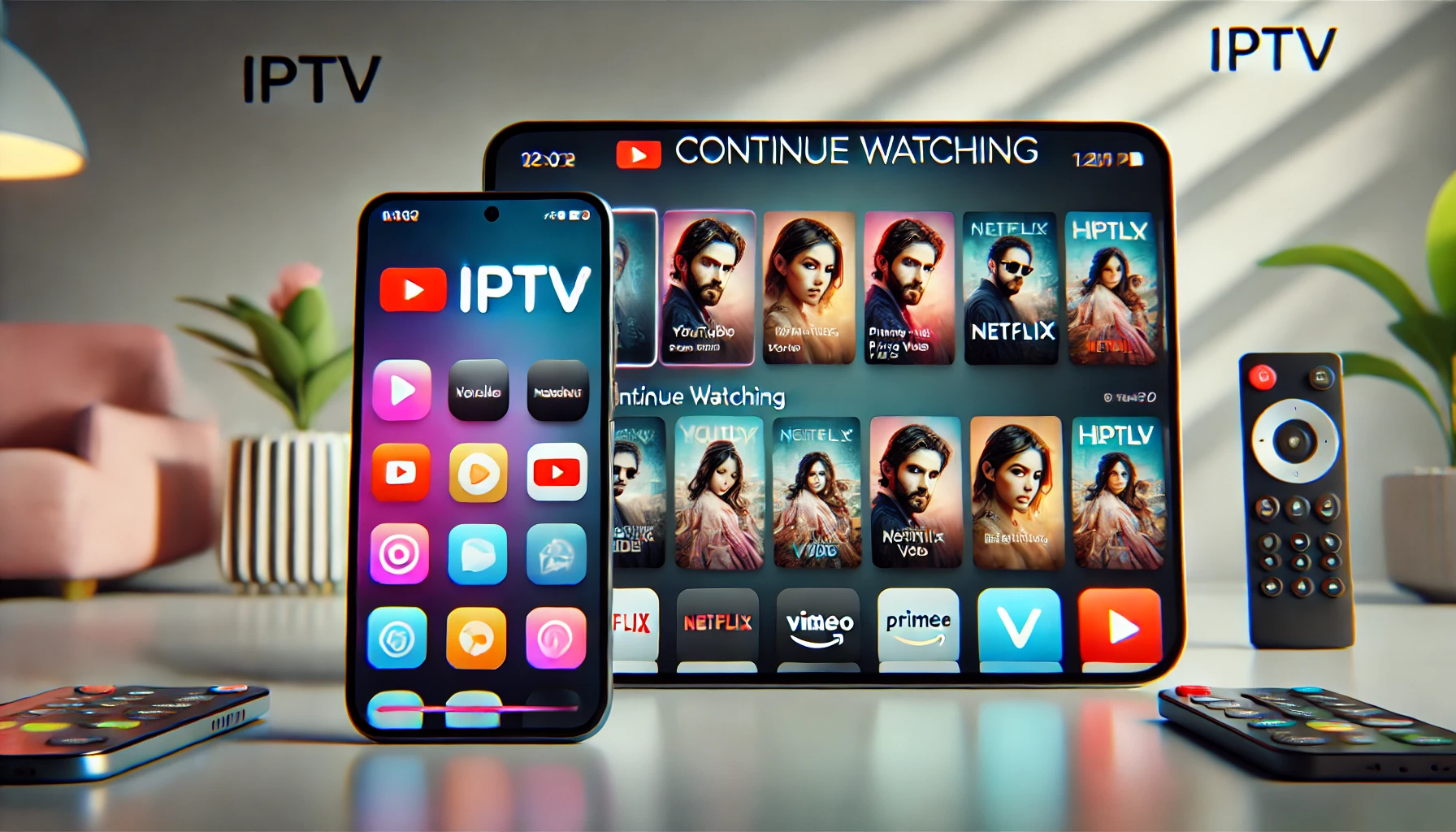IPTV Receiver: The Ultimate Guide to Seamless Streaming in 2025
In the ever-evolving world of home entertainment, having the right
IPTV receiver can make all the difference between laggy, pixelated streams and crystal-clear live television. As more viewers in Saudi Arabia and beyond turn to internet-based television, selecting a device that offers robust performance, extensive channel support, and advanced features is crucial. This comprehensive guide will explore everything you need to know about choosing, setting up, and enjoying an IPTV receiver in 2025.

Why an IPTV Receiver Is Essential for Modern Viewing
Traditional cable and satellite services are being rapidly supplanted by IPTV—Internet Protocol Television—thanks to its flexibility and advanced capabilities. An IPTV receiver decodes internet streams and delivers them to your TV, offering features that legacy systems simply cannot match.
- On-demand and live TV: Switch between live broadcasts and extensive video-on-demand (VOD) libraries effortlessly.
- Multi-device support: Watch on your TV, smartphone, or tablet via dedicated apps or casting protocols.
- Interactive features: Enjoy electronic program guides (EPG), catch-up TV, and pause/rewind live streams.
- Third-party integrations: Access popular services like Hulu, BBC iPlayer, or sports platforms such as ESPN+.
Key Features to Look for in an IPTV Receiver
When evaluating receivers, focus on hardware specs and software compatibility.
- Processing power: A quad-core CPU and at least 2–4 GB RAM ensure smooth playback of HD and 4K content without buffering.
- Storage options: Look for built-in flash storage or USB ports to attach external hard drives for DVR functionality.
- Connectivity: Gigabit Ethernet and dual-band Wi-Fi (2.4 & 5 GHz) support high-speed, stable connections. Bluetooth for remote accessories is a plus.
- Video codecs: H.264/AVC and H.265/HEVC compatibility offers efficient streaming and reduced bandwidth usage.
- App ecosystem: Native support for Android TV or custom Linux-based platforms provides access to millions of apps via Google Play or alternative stores.

How to Set Up Your IPTV Receiver in Saudi Arabia
Setting up an IPTV receiver is straightforward:
- Connect to TV: Use the HDMI port to link the receiver to your television.
- Network setup: Plug in an Ethernet cable for the most reliable connection, or configure Wi-Fi in Settings > Network.
- Install IPTV app: Launch the pre-loaded IPTV client or download one from your device’s app store.
- Enter provider details: Input your subscription credentials or M3U playlist URL as provided by your IPTV service.
- Personalize experience: Customize channel lists, EPG guides, and parental controls under Settings.
For an in-depth walkthrough, visit our
installation guide.
Top IPTV Receiver Models for 2025
Here are three standout models popular among Saudi viewers:
| Model |
Key Feature |
Average Price |
| Falcon X1 |
4K UHD, HDR10 |
$99 |
| MAG 524w3 |
Dual-band Wi-Fi, VoD support |
$69 |
| Smarters Pro |
Multi-screen casting, VPN |
$79 |

Legal and Security Considerations
It is vital to use licensed IPTV services to avoid legal issues. Unauthorized streams can violate Saudi regulations enforced by the
Telecommunications Regulatory Authority and international copyright laws such as the
ECPA.
For enhanced privacy and security, consider installing a reputable VPN and ensure your receiver’s firmware is always up to date via Settings > System Update.
Tips for Optimizing Your IPTV Experience
- Use a wired Ethernet connection for uninterrupted streaming, especially for live sports and 4K movies.
- Adjust video bitrate and resolution in the app settings to match your internet speed.
- Enable content filtering and parental controls to restrict inappropriate channels.
- Regularly clear cache and perform firmware updates to maintain peak performance.
Conclusion
An
IPTV receiver is more than just a box—it’s a gateway to a world of high-definition entertainment, on-demand movies, live sports, and global channels. By choosing a device with the right mix of processing power, connectivity, and software support, you can unlock a seamless streaming experience tailored to your preferences and budget. Stay informed about legal guidelines, optimize your network setup, and explore the diverse IPTV ecosystem to elevate your home theater to new heights.
Frequently Asked Questions
- What internet speed do I need for IPTV?
- For SD: 5 Mbps; HD: 10–15 Mbps; 4K UHD: 25+ Mbps.
- Can I use my existing smart TV as an IPTV receiver?
- Yes, if your TV supports Android TV or has a compatible IPTV app available.
- How do I record live IPTV channels?
- Use a receiver with DVR support and connect an external hard drive to the USB port.
- Is IPTV cheaper than cable?
- Often yes—IPTV subscriptions can be more affordable and flexible, with no long-term contracts.
- How secure is IPTV?
- Choose reputable providers and use VPN encryption to safeguard your data.










